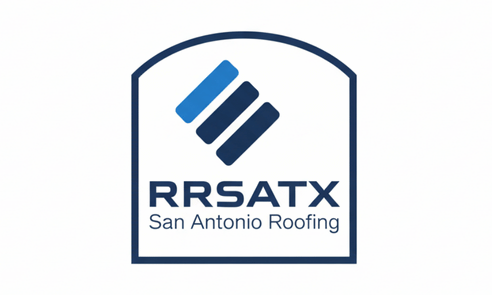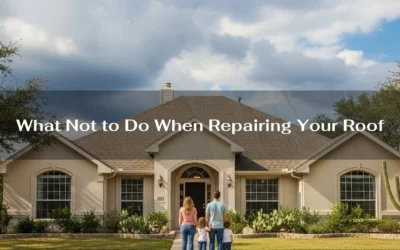Replacing your roof is one of the most significant home improvement projects you can undertake. It’s an investment that protects your entire home, but the cost can feel daunting. Without a clear budget, it’s easy to feel overwhelmed. Whether your roof has reached the end of its lifespan or was damaged by a severe San Antonio storm, understanding the key factors that influence the final price is the first step toward a successful project.
A transparent and well-planned budget helps you make informed decisions about materials, contractor choice, and financing. Here’s a breakdown of what goes into the cost of a new roof and how to approach the budgeting process.
Factors That Influence Your Roof Replacement Cost
The cost of a new roof is not a one-size-fits-all number. It’s determined by several key variables:
- Material Choice: The type of roofing material you choose is often the biggest factor in your budget.
- Asphalt shingles are the most common and generally the most affordable option. They come in various grades and styles, with architectural shingles costing more than 3-tab.
- Metal roofing has a higher upfront cost but offers a longer lifespan and superior durability against Texas weather, making it a cost-effective long-term investment.
- Roof Size and Complexity: A larger roof will obviously require more materials and labor. Additionally, a roof with a steep pitch, multiple valleys, or intricate features will take more time and specialized skill to install, which will be reflected in the final price.
- Old Roof Removal: In most cases, the old roofing material needs to be torn off and hauled away before a new one can be installed. This adds to the labor and disposal costs. If you have multiple layers of old shingles, the cost will increase.
- Decking and Structural Repairs: If the decking underneath your shingles is found to be rotted or damaged during the tear-off, it will need to be replaced. This is an extra, often unexpected, cost that a reputable contractor will include in their detailed estimate as a potential variable.
Getting a Transparent and Accurate Estimate
When you’re budgeting, getting a clear and detailed estimate from a San Antonio roofing company is essential. A professional quote should break down the costs for materials, labor, permits, disposal fees, and any potential added costs.
Never settle for a verbal quote. A written estimate protects you from surprise charges and ensures that the contractor is committed to the agreed-upon scope of work and price.
Exploring Your Payment and Financing Options
Once you have a solid estimate, you can explore the best way to pay for your new roof:
- Home Insurance: If the roof damage was caused by a covered event like a hail or windstorm, your home insurance may cover a significant portion of the cost. A good contractor will help you navigate this process.
- Financing Programs: Many roofing companies, including our team, offer financing options to make the cost of a new roof more manageable by spreading payments over time.
- Home Equity Line of Credit (HELOC): If you have equity in your home, a HELOC can be a low-interest way to finance the project.
- Personal Savings: If you’ve been saving for this expense, paying for the project in full is always an option.
Budgeting for a new roof doesn’t have to be a stressful process. By understanding the factors that influence the price and exploring your payment options, you can make a sound financial decision that protects your family and your home for years to come.
Ready to get a clear picture of your roofing costs? Contact our San Antonio team today for a free, no-obligation estimate!










